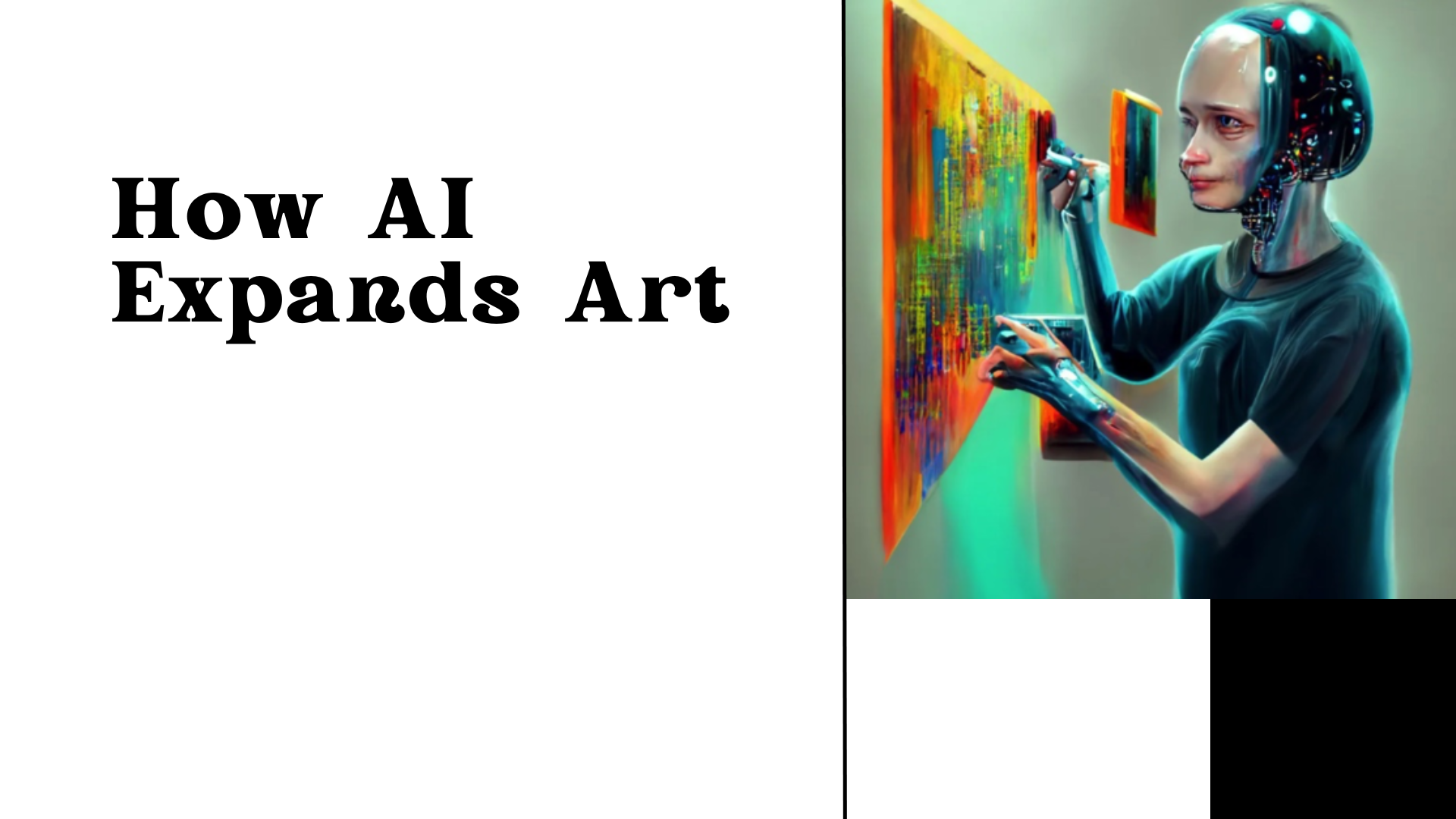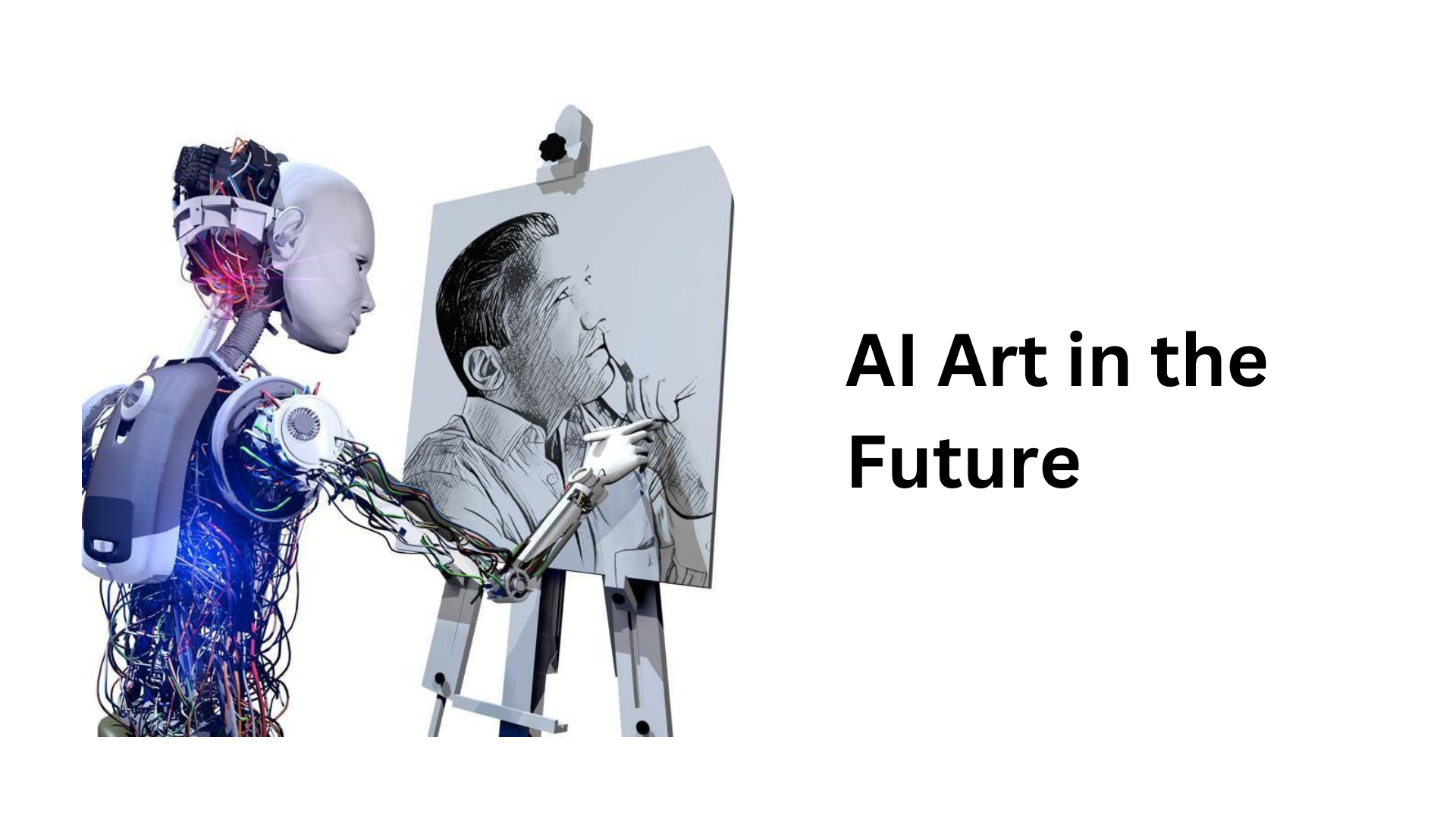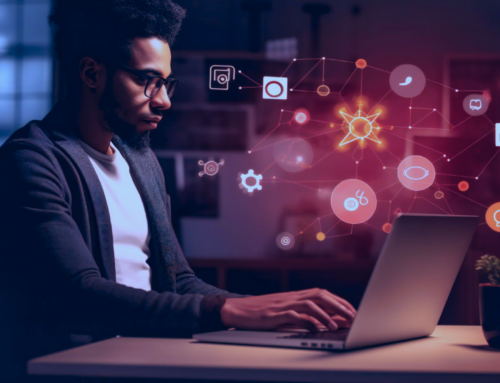Have you ever wondered how technology is transforming the world of art? With the rise of AI, the way we create and experience art is evolving rapidly. How AI is changing art is a fascinating topic that raises questions about human creativity, ethical considerations, and the future of art. Let’s dive into these questions with insights from industry experts.

How Artificial Intelligence Expands Artistic Possibilities
AI is changing art and design by giving artists and designers new ways to express themselves. How AI is changing art is evident in the way AI tools have expanded the creative process beyond traditional methods. AI algorithms can help in creating art that was once hard to imagine, allowing artists to explore new art forms that mix human creativity with technology.
The art market is also feeling the effects of AI in art and design. AI has the potential to change how we create and experience art by offering new techniques and possibilities. Here are some ways AI is expanding artistic possibilities:
- AI can help artists by generating ideas and inspiration that they might not have thought of on their own.
- AI in creating art allows for trying out different styles and techniques that are difficult to achieve by hand.
- AI can also assist in speeding up the creative process, making it easier to bring complex ideas to life.
- AI in art and design is opening up new chances for artists and designers to work in ways that weren’t possible before.
This is how AI is changing art by pushing the limits of what can be created, blending old and new, and transforming the world of art and design.
Artists and AI Working Together
Artists and artificial intelligence are now working together in ways we couldn’t have imagined before. How AI is changing art is evident as, with machine learning, artists are making digital art that mixes their own creativity with the accuracy of algorithms. This mix of human ideas and AI is really changing how we see artwork in the art world.
Artists are using AI to try out new things and go beyond what they could do alone. For example, by giving certain details to an algorithm, AI can help create a unique artwork. This makes AI art an exciting way for artists to bring their ideas to life, creating something different from what traditional methods can offer.
How Can Generative AI Be Used to Enhance Human Creativity Rather Than Replace It?
Generative AI is a powerful tool that can enhance human creativity instead of replacing it. How AI is changing art is reflected in the way it supports rather than diminishes the artist’s role, helping them create more impactful work. AI can generate a multitude of ideas, patterns, and concepts, freeing up artists to focus on the emotional and narrative aspects of their creations.
Here’s what Abhishek Jain, Operation Manager of Diplomat Visa Facilitation Services, says:
“Generative AI enhances human creativity by providing inspiration, generating ideas, and automating repetitive tasks, allowing creators to focus on higher-level conceptual work.”
Jen Seran, Director of Business Operations at Stallion Express, adds:
“Generative AI is a strong tool that can make people more creative. It doesn’t have to replace artists or singers; it can help make things. Imagine that an AI made a million versions of a melody so the artist could focus on making the music more emotional and telling a story. In logistics, AI can look at huge datasets to find trends, which frees up human experts to work on strategic ideas. It’s about making people more helpful, not taking away their skills.”
Joosep Seitam, the Founder of Icecartel, shares his experience:
“As a jewelry designer, I’ve found that Generative AI can be an incredible partner in the creative process. It doesn’t replace my creativity; instead, it amplifies it. For example, when I’m stuck on a design, AI can generate numerous ideas and patterns that spark new inspiration. I can then take these AI-generated concepts and mold them into something uniquely my own. It’s like having an endless source of ideas at my fingertips, which helps me push the boundaries of my creativity and come up with designs that are fresh and innovative.”
What Ethical Considerations Arise When AI Generates Art or Music That Mimics the Style of Human Artists?
As AI becomes capable of producing art and music that closely mimics human creations, important ethical questions arise. Issues like copyright, ownership, and the authenticity of AI-generated art need careful consideration. AI often learns from existing works, which raises concerns about the rights of the original artists.
Abhishek Jain points out these ethical challenges:
“Ethical considerations include intellectual property rights, authenticity, and the potential devaluation of human creativity.”
Jen Seran emphasizes the ethical challenges:
“As AI-made art and songs become more popular, they raise important moral questions about copyright, ownership, and authenticity. AI learns from works that have already been made, so it’s important to honor the original artists and their work. To maintain trust, it’s essential to be clear about how AI is used. We must make clear rules to protect people who create things while encouraging new ideas.”
Joosep Seitam also highlights these concerns:
“There are definitely some important ethical considerations when using AI to generate art, especially when it mimics the style of human artists. I often think about who really owns the artwork—me or the AI? Additionally, many AI models are trained on existing works by real artists, sometimes without their knowledge or consent. This raises questions about originality and whether it’s fair to use someone else’s style without giving them credit. It’s crucial to navigate these issues carefully to ensure that AI remains a tool that supports, rather than exploits, the creative community.”
What New Forms of Art or Expression Might Emerge as AI’s Creative Capabilities Evolve?
As AI continues to develop, it opens up new possibilities for artistic expression. We may see the emergence of art forms that are more interactive, immersive, and dynamic, blending human intuition with AI-generated content to create something entirely new.
Abhishek Jain imagines the future of art with AI:
“New forms such as AI-human collaborative art, algorithmic compositions, and interactive digital experiences may emerge as AI’s creative capabilities evolve.”
Jen Seran shares her vision of the future:
“AI can open up whole new areas of art. Imagine interactive displays made by AI that react to how people feel or music that changes based on how the listener feels. We could see art shows created by AI or music written by AI. The options are endless; when people and AI work together, they will make amazing and surprising things.”
Joosep Seitam is also excited about the future:
“I’m excited about the possibilities that AI brings to the table, especially as its creative capabilities continue to evolve. We’re likely to see new forms of interactive and immersive art that involve the audience in ways we haven’t imagined before. For instance, AI could help create art that evolves based on user interaction, making the experience more dynamic and personal. It could also lead to hybrid forms of art that blend traditional and digital mediums, creating entirely new and innovative expressions that push the boundaries of what art can be.”
Connecting Technology and Emotions
Connecting technology and emotions is a great way AI is changing the world of art. Generative AI can help artists explore new possibilities by mixing technology with their feelings and ideas. For example, using artificial intelligence like generative adversarial networks, artists can create art that shows a deeper emotional connection. AI technology can look at a dataset of existing artworks and use that to make something new and innovative.
The future of art is looking bright with these advancements. AI can also be used to improve commercial art, helping artists to create unique pieces that stand out in the creative industry. While some worry that AI might replace human artists, AI is really about boosting creativity and innovation. Tools like ChatGPT can assist in coming up with new ideas. So, instead of replacing artists, AI is giving them new ways to connect their emotions with technology and create art that is truly special.

The Future of AI Art
The future of art is looking exciting with the rise of AI. As machine creativity advances, AI is changing the world of art in many ways. Tools like these can help artists generate images and explore new forms of expression. By using AI, artists can push the boundaries of creativity and create artworks that are both innovative and unique. The benefits of AI include enhancing art experiences and offering new ways to interact with art.
Advantages and Limitations
AI can serve as a powerful tool in making art, helping artists create new and exciting pieces. Here are a few key points to consider:
- AI offers the ability to work with existing works and produce AI-generated images that add fresh perspectives.
- Collaboration between humans and AI can lead to new creative possibilities that might not be possible alone.
- AI and art together can provide new ways to buy art and experience it, broadening the creative landscape.
While AI has its advantages, there are also limitations to consider. The combination of AI and human creativity will likely shape the future of art in interesting and unexpected ways.
Concluding the Discussion on How AI is Changing Art
As AI becomes more advanced, it’s clear that it’s changing the world of art in exciting ways. Artists and designers can now experiment with new creative tasks and push the boundaries of creativity. With AI tools, they can use existing data and artworks to create unique and innovative designs. This mix of technology and human creativity is opening up new possibilities and helping to explore new ideas in the graphic design and creative content fields.
However, there are also concerns that need to be addressed. It’s important to use AI in an ethical and responsible manner, making sure that it supports rather than replaces the role of human creativity. As we embrace this technology, finding a balance between creativity and technology will be key to ensuring that AI is used in a way that enhances and enriches the art world.


